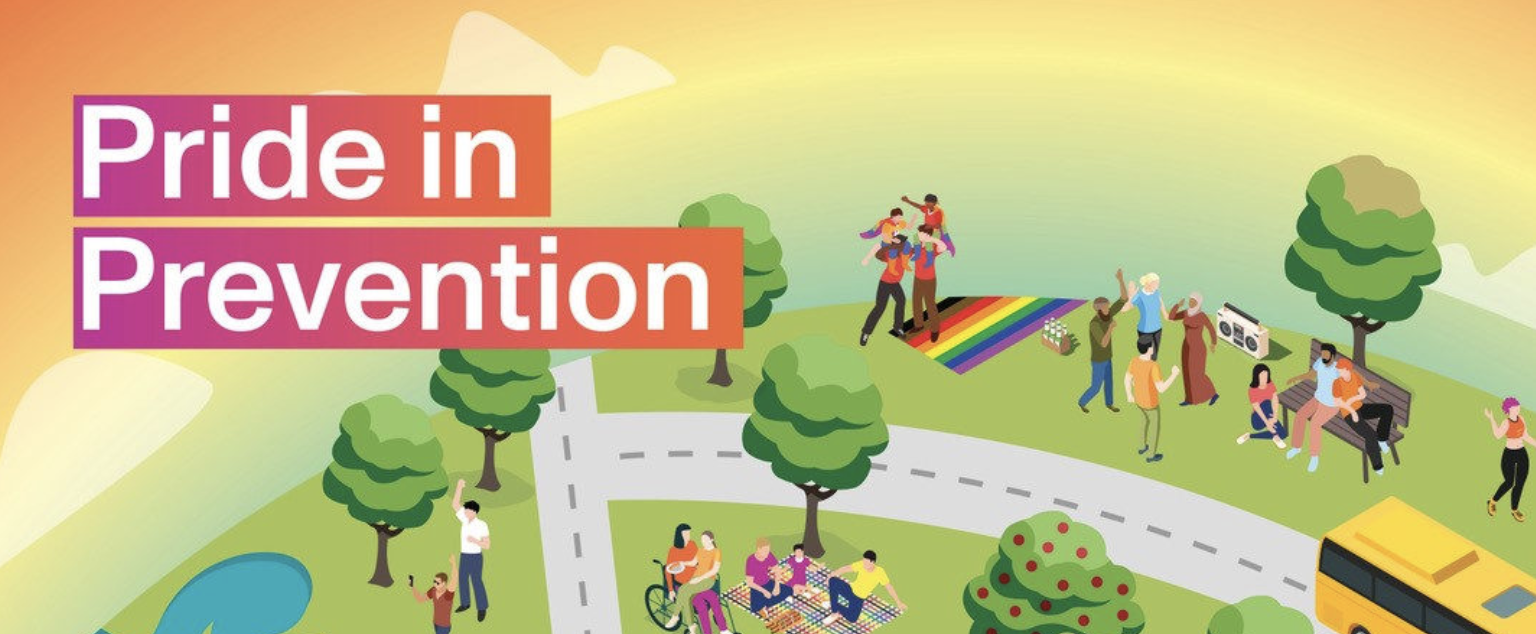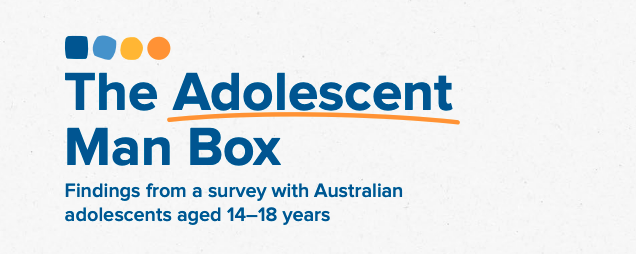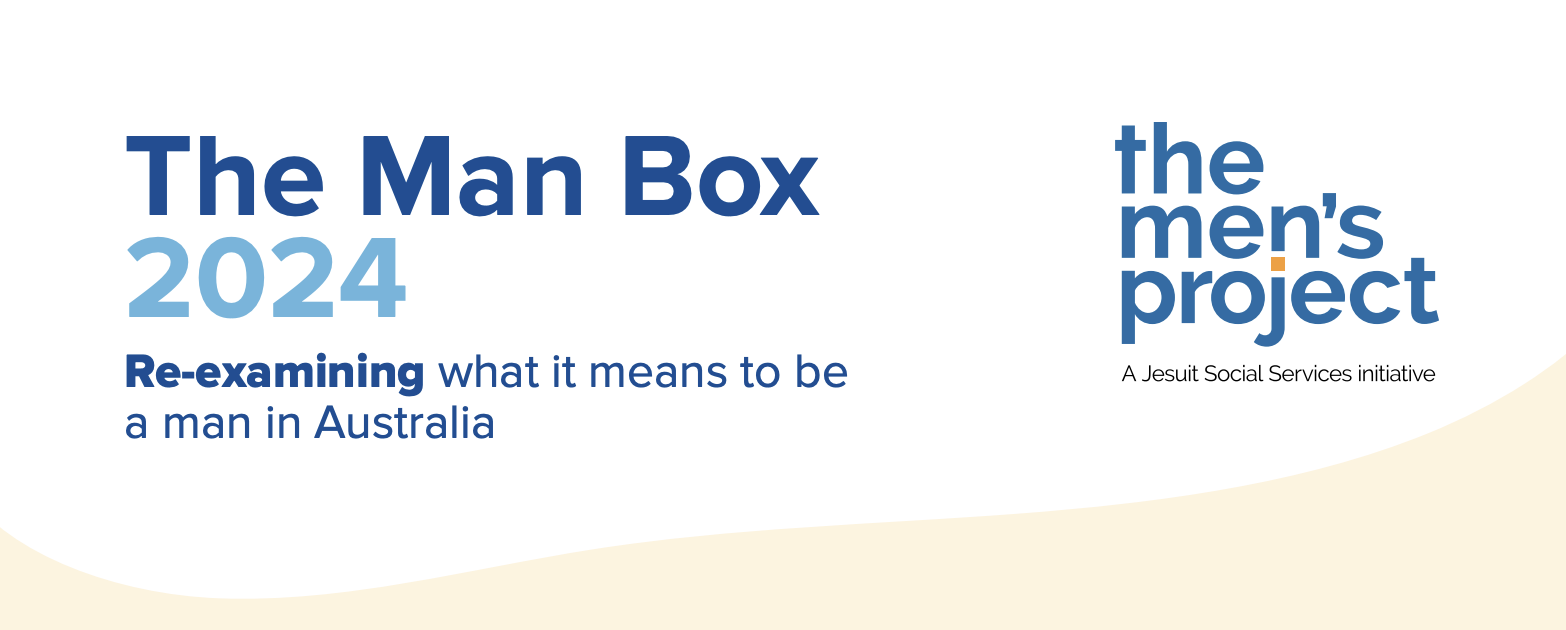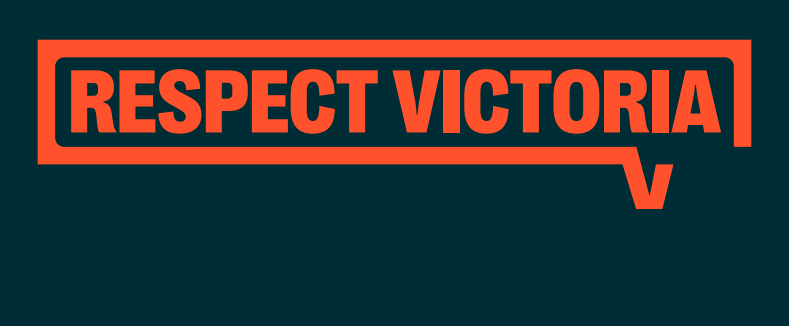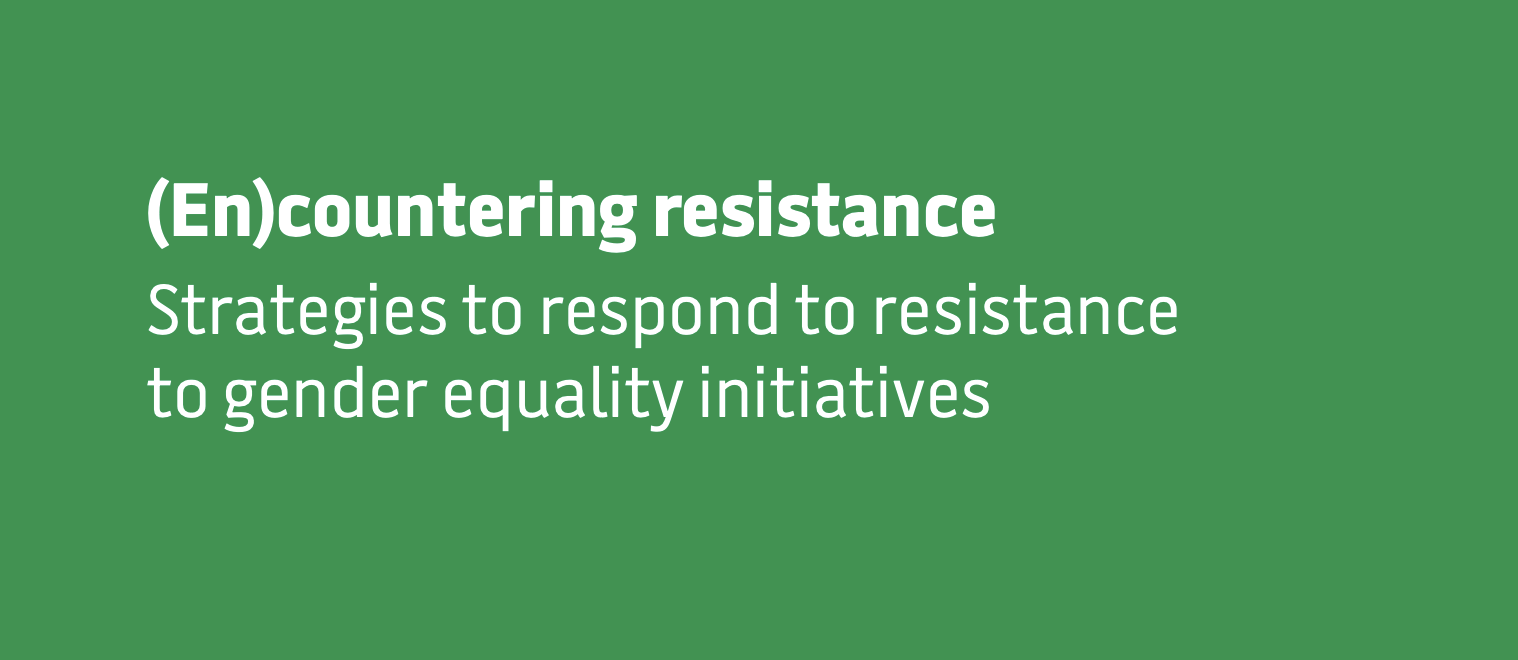This is a two-sided A4 community resource explaining primary prevention of family and domestic violence in simple language.
This resource was co-designed by PVT and Yourtoolkit.com.
This resource is related to Foundations for Change Capabilities 1.1, 1.2, 1.4 and 2.1.
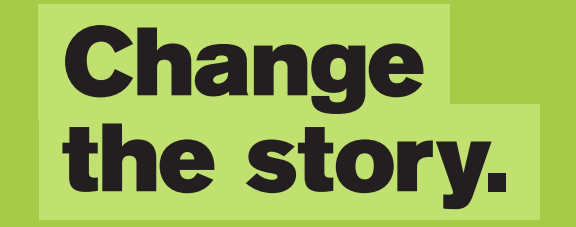
Change the story is an evidence-based framework to guide a coordinated and effective national approach to preventing violence against women.
It goes beyond a focus on individual behaviours to consider the broader social, political, and economic factors that drive violence against women, and the social context of gender inequality in which this violence arises.
Importantly, it outlines the essential actions needed at all levels of society – from individuals to schools, from workplaces to governments – to address these underlying drivers and stop this violence before it starts.
This is a foundational primary prevention resource that relates to many of the capabilities outlined in Foundations for Change.
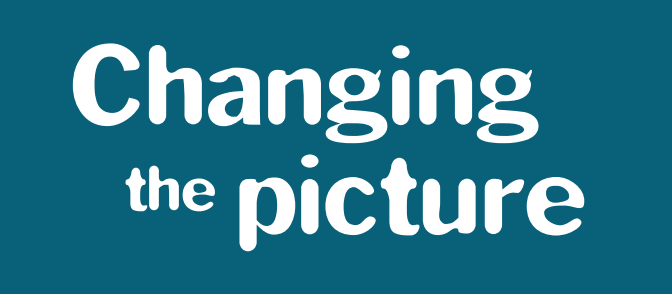
Changing the picture contains a set of clear actions that are needed to address the many drivers of violence against Aboriginal and Torres Strait Islander women.
Violence against Aboriginal and Torres Strait Islander women is not an ‘Aboriginal and Torres Strait Islander problem’. Nor should Aboriginal and Torres Strait Islander people bear sole responsibility for addressing it. This violence is an Australian problem, and it is perpetrated by men of all cultural backgrounds. Preventing it is a national responsibility.
This resources is related to Foundations for Change Capabilities 1.1, 1.2, 2.2, 2.3 and 4.3.
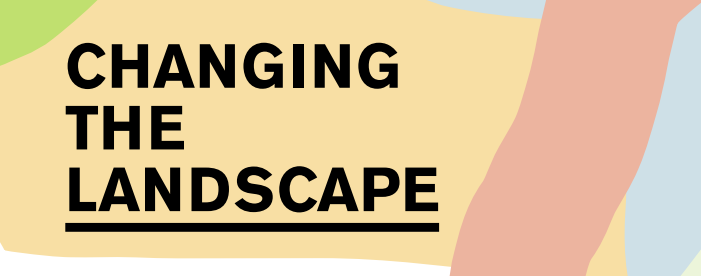
Changing the landscape is the national, evidence-based framework to guide the prevention of violence against women and girls with disabilities.
Changing the landscape complements, expands on and extends the evidence contained in Change the story. It names ableism and gender inequality as the two consistent, intersecting drivers of violence against women and girls with disabilities.
It sets out the actions that must be taken to address these drivers and stop this violence before it starts. It points to the many stakeholders that need to take action – from individuals to communities, schools and workplaces, to disability and health services, and governments. It makes clear that we all have a role to play in preventing this violence.
This resource is related to Foundations for Change Capabilities 1.1, 1.2 and 2.3.

Men in focus brings together research and practice knowledge to unpack and look at how to address masculinities and work with men.
The Men in focus webpage includes a practice guide, evidence review, practitioner resources and the national consultation report.
This resource is related to Foundations for Change Capabilities 2.1 and 3.1.




